Updated 16th October 2017
Gas balloon teams taking part in the 2017 America’s Challenge–a distance race for gas balloons–broke many records in an intense and exciting race that kept witnesses on the edge until the last team landed after a 69-hour-04minute flight, on Tuesday, 11th October. This Polish/American entry of Krzysztof Zapart and Andy Cayton (Team 4) was the only team flying for seven more hours after all other teams had landed. They covered 2,191 miles, displaced the second-position team to third place, and looked as if they would also eclipse the leading team’s distance, but fell 90 miles short of the winners.
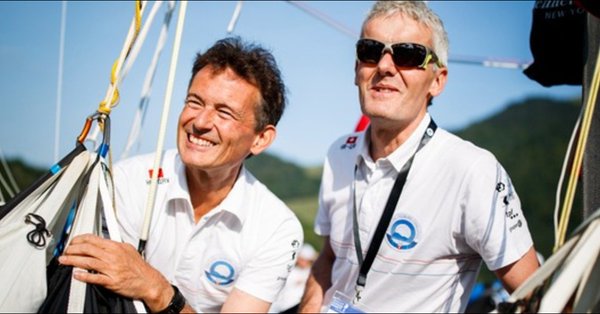
Eight balloon teams comprising two pilots each, had taken off from Albuquerque, New Mexico on Saturday, 7th October around 9 PM. The winners –tough international competitors Nicolas Tièche and Laurent Sciboz, of Switzerland (Team 6) –had landed in the lead after setting the winning mark at 2,280.9 miles in 59 hours and 19 minutes. At times, their balloon picked speeds of 88 mph (140 kph). They flew over Lake Superior–the largest freshwater lake in the world– and landed in a remote area near Labrador City, by Labrador and Quebec, in Canada.
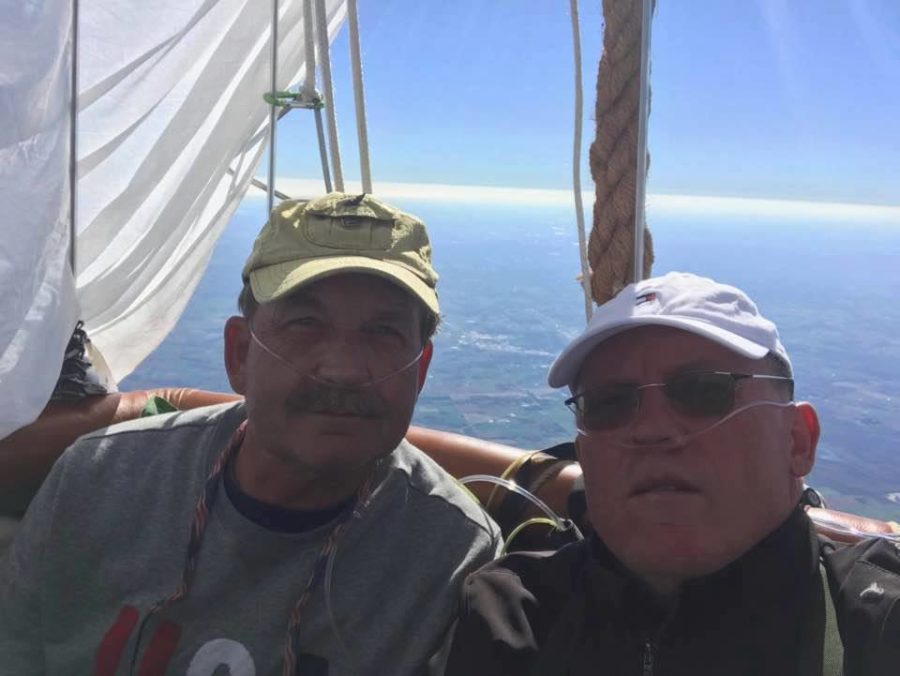
“We crossed the big lake, roughly in the middle, and then you enter into Canada and there are just so few people per square kilometer. There is only forest and water, and forest and water, and forest and water, and it is really amazing,” said Tieche, who was taking part in America’s Challenge for the first time. Their ground crew of meteorologists and route mappers asked them to keep flying on the third night as they were on a fast wind track and closer to setting a record.
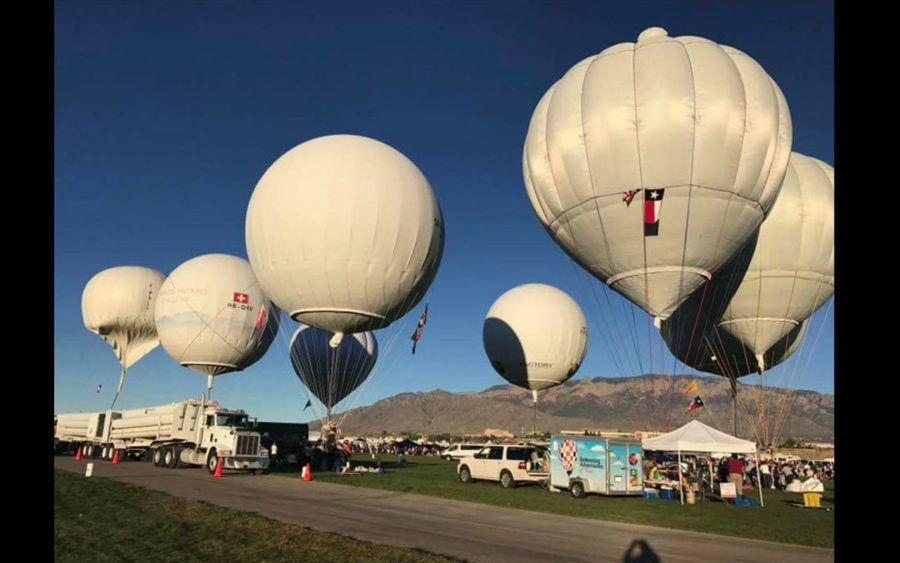
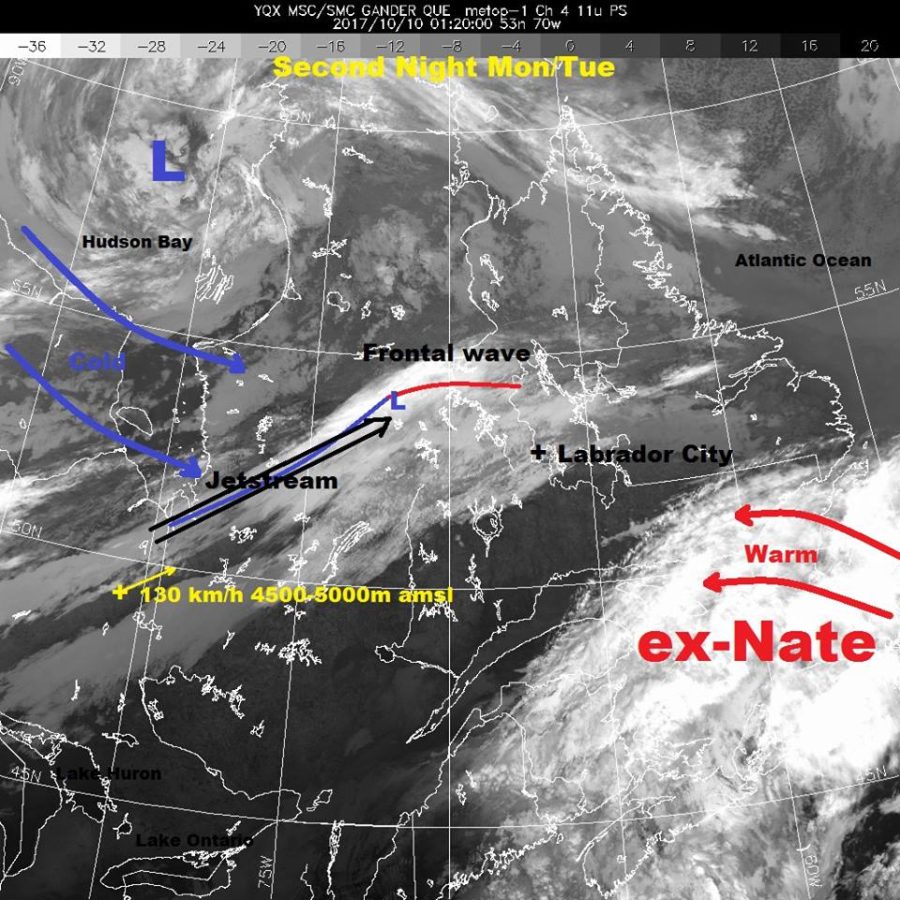
The team’s meteorologist Wim De Troyer thanks ex-hurricane Nate for a superb weather highway. “After using the classical nocturnal low-level jet of the Great Plains (70-100 km/h at 200 m above ground) we were able to catch the Jet Stream (strong high-level wind) over Wisconsin, just after climbing out of Minneapolis Air Space,” says Troyer, feeling very proud of the victory. “That Jet stream was the result and boundary of a cold airmass flowing south over Canada and the warm air surge of ex-hurricane Nate over the Northeast US and southeastern Canada.”
In the end, however, a frontal wave near east of Labrador City proved more intense than initially thought, with stronger snow and rainfall. Nevertheless, pilots, Sciboz and Tièche, decided to continue and showed great piloting skills.
When they were near the end of their ballast (sand bags), they landed in a small clearing of what seemed like a never-ending wilderness of trees, lakes, and biting, blowy snow.
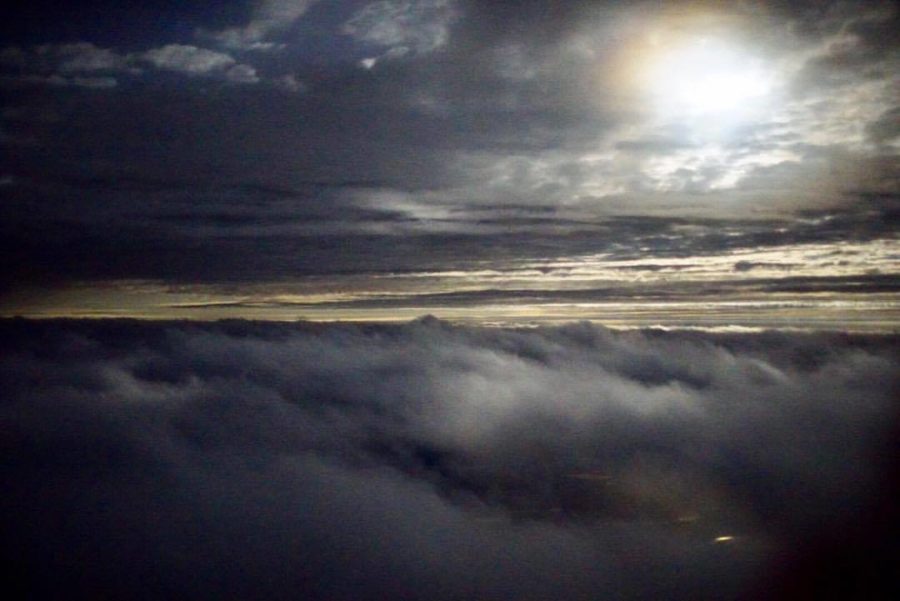
When local fire chief Joe Power heard on the phone that Swiss balloonists had landed in his town, he thought it was a prank call. Thankfully, the news registered, and a helicopter was sent to get them out of the wilderness and the balloon was retrieved the next day.
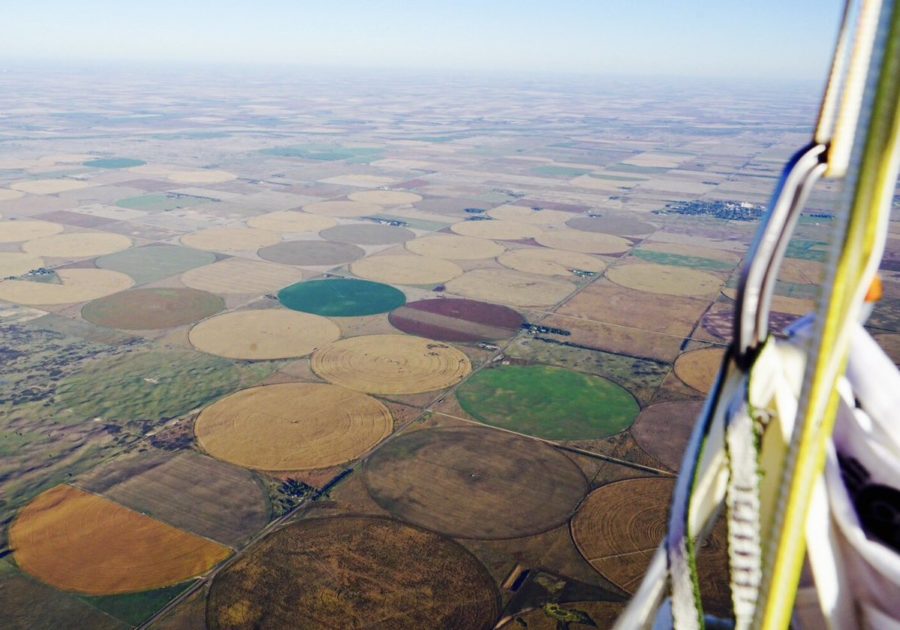
The Swiss team had set a near impossible target of 2,280.9 miles ( 3,670.76 km), and though runners up Zapart and Cayton came up 90 miles short, both teams have beaten the distance records in America’s Challenge and Coupe Aeronautique Gordon Bennett, the world championships of races. Their distances achieved far exceeds the America’s Challenge record of 1,998.1 miles (3,215.5 km), set in the year 2000 by the late David Levin and his brother Alan, and the Gordon Bennett record of 2,112.9 miles (3,400.39 km), set by Bob Berben and Benoît Simeons of Belgium in the 2005 race, which launched from Albuquerque.
Zapart and Cayton (Team 4) maintained the thrill and suspense for seven more hours after all other teams had landed and at several points their balloon also picked a blistering pace of about 70 mph (112 kph). When tracking signal for their flight stopped on Tuesday, about 4 PM MDT, onlookers were hoping that it was a technical glitch and they were continuing to fly, as they were so close to the winning mark, but they landed just 90 miles short, at the border of Quebec and New Brunswick in Canada. They crossed St. Lawrence River in the last few hours of flight, and their duration of 69 hours 04 minutes is laudable considering that a typical duration in these races is 50 to 65 hours.

Defending champions, Barbara Fricke and Peter Cuneo of the U.S. (Team 1) who took the lead several times from the Swiss team, thus adding to the excitement, achieved an admirable distance of 1,939.3 miles in 60 hours and 13 minutes and were second when they landed, but had to settle for third place, when Team 4 earned the second place.
These long-distance non-stop gas balloon races test the pilots’ skills, courage, and endurance, but the fact that Cuneo and Fricke won America’s Challenge last year with 867 miles, is also evidence that the race depends on many variables and weather is a crucial factor.
Soon after launch in Albuquerque, all eight teams had taken off toward the northeast direction and an intensely competitive race began to develop. After 24 hours they were scattered in six states, but in terms of distance, they were close. Seven out of eight balloons were separated only by 80 miles, and the first and second teams were only five miles apart!

In the 2005 America’s Challenge, the weather pattern was similar and seven out of 12 teams had crossed the 1000-mile mark. This year, too, seven teams flew more than 1,000 miles and the team that landed after reaching 820.6 miles was USA’s Noah Forden and Bert Padelt (Team 7). According to Forden, they terminated the flight for different reasons. “We landed because this was a brand new balloon on its maiden voyage, and we didn’t want to take a chance damaging it. We were concerned about the potential to cross Lake Michigan at night,” said Forden.
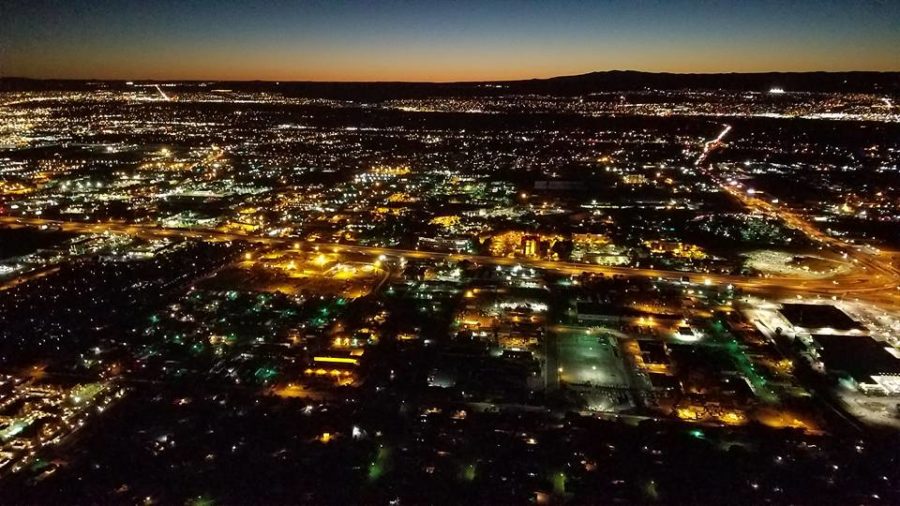
The eight teams in this year’s race came from USA, Poland, France, Germany and Switzerland. The balloon pilots taking part in these races are among the best in the world, and flying a gas balloon non-stop for three days and nights, is a risky undertaking, reserved only for the adventurous spirit. The challenge in these races is to find the wind track that will help them reach the maximum distance and avoid trajectories that would run into harsh weather.

Winners get a trophy but there is no prize money associated with America’s Challenge; however, the first three teams qualify to compete in the Gordon Bennet Cup. In these races, duration is not a factor, and winners are determined solely on distance traveled.
This year’s race will be remembered for the records, the intense competition, and the picture-perfect launch witnessed by thousands of people from Balloon Fiesta Park, in Albuquerque, New Mexico.
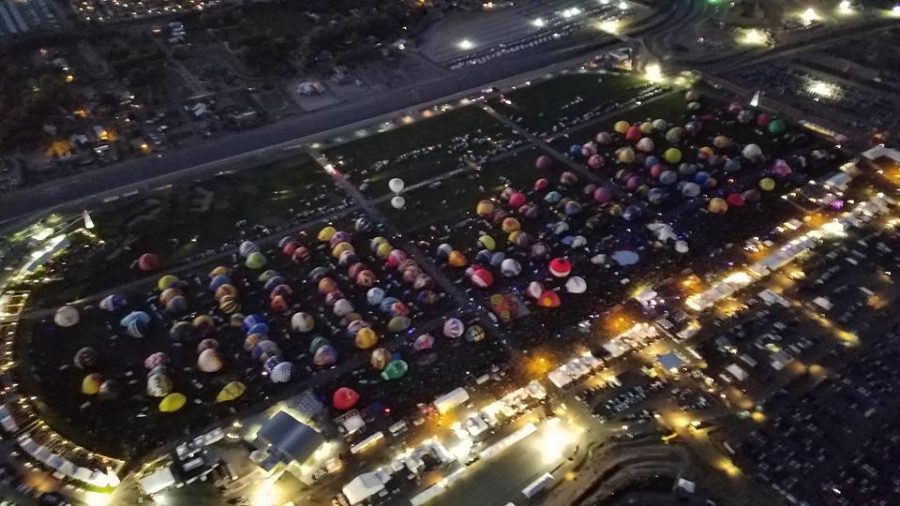






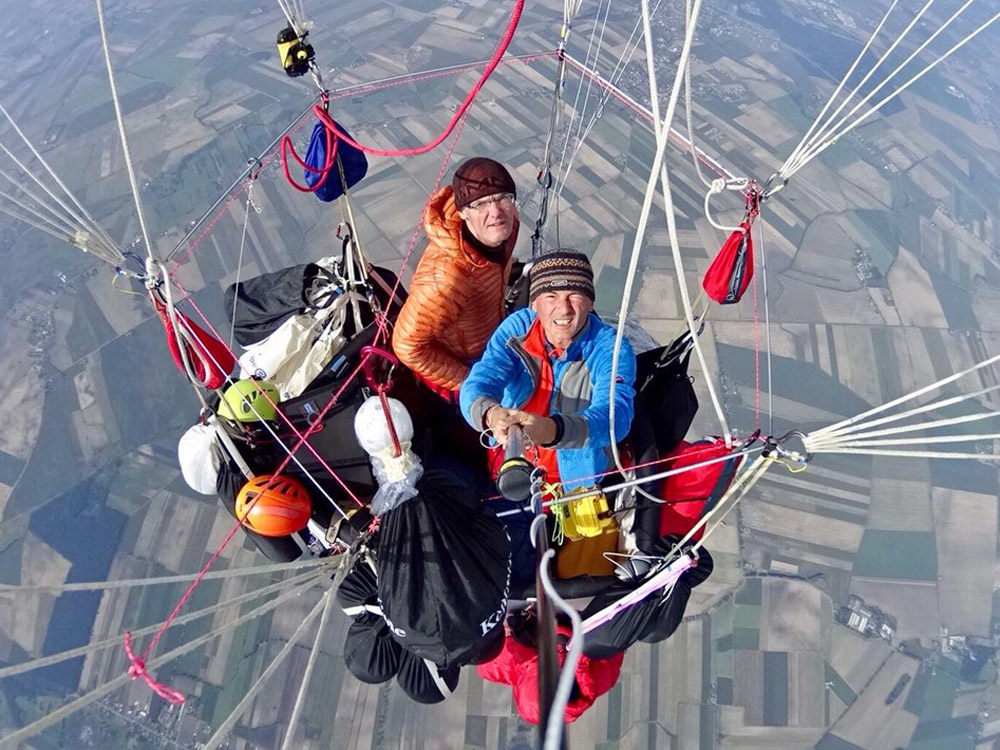
Leave a Reply